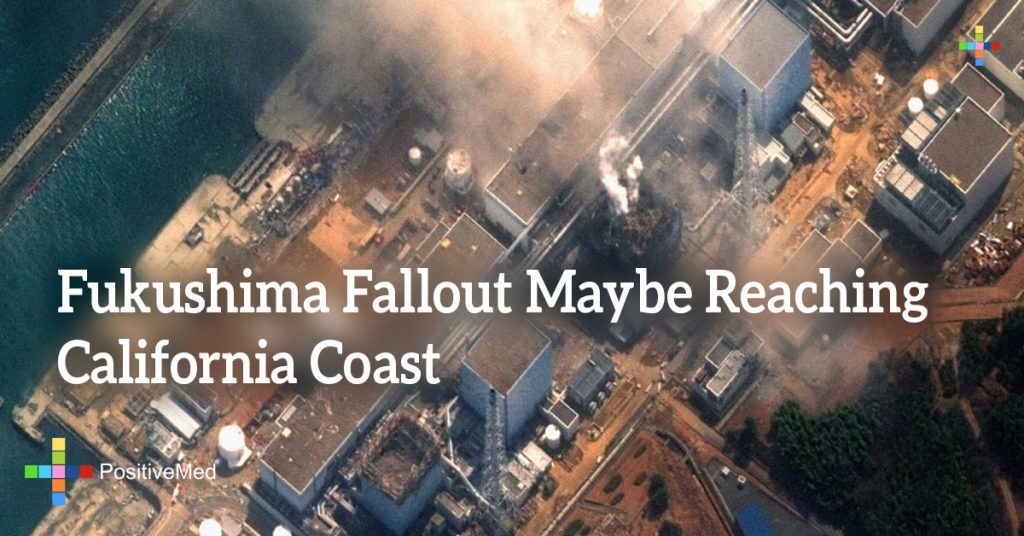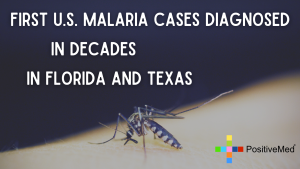
Concerns are being raised about the plumes of radiation released from the meltdown of Japan’s Fukushima
No. 1 nuclear reactor during the tsunami that rocked the area in 2011. The radiation from Fukushima is floating through the Pacific Ocean from Japan and beginning to reach the West Coast of America.
Ken Buesseler, a research scientist at Woods Hole Oceanographic Institution, has constructed a program of citizen-scientists to test the waters for radiation along the West Coast. The program encourages citizens with or without a science background to raise funds for a sample collection unit and to collect sea water from their area to send back to Woods Hole for testing.

The collection unit is a 19-litre plastic jug and a shipping container to protect the sample. So far, 22 sites from Costa Rica to Washington have raised funds to collect samples, and another 27 are in the process.
Buesseler expects the levels of radiation from Cesium-134 and Cesium-137, the main radioactive isotopes reaching the west coast from Fukushima, to be far below the acceptable levels for safe drinking water, but fears without measurement the level of radiation coming from Japan would be impossible to confirm.
One concern in the Pacific is for large mammals, like Orca whales, which eat massive amounts of fish throughout the day that may be contaminated with radiation. Buesseler maintains, however, that danger to humans from contaminated fish should not be a concern as cesium is water-soluble and will disperse from the fish as they swim through the ocean.
US Federal agencies are not taking place in the ocean testing, either because the levels are expected to be so low it is not considered a priority, or because the responsibility falls between agencies. The National Oceanic and Atmospheric Administration is responsible for monitoring oceans and atmospheric changes, but do not test for radiation. The Department of Energy monitors radiation levels but not in the oceans.
Many reports have surfaced since the nuclear radiation was released from Fukushima that high levels of radiation were affecting sea life off the shores of America, but health officials have denied that radiation from Japan has caused any serious incursion across the Pacific.

Buesseler said that people are going to be afraid of any reports of radiation because it is something they cannot see, smell or taste, but they know it can cause cancer. As of yet, no evidence has been shown to suspect dangerous levels of cesium in the waters off of the US. Levels of radiation from Fukushima are actually lower and less dangerous than that still lurking around the ocean from nuclear testing in the 1950s, according to reports.
The most dangerous aspect still surrounding the Fukushima disaster is the makeshift tanks at the nuclear facility that were used to draw highly contaminated water out of the ocean. Evidence shows that some of the more hastily crafted holding tanks, containing about 300,000 tons of contaminated water, may be leaking back out into the ocean.
Scientists will continue to monitor the levels of radiation from the Fukushima disaster floating across the Pacific Ocean from Japan reaching the West Coast of Central and Northern America, but for now health officials maintain that there is no imminent threat.





